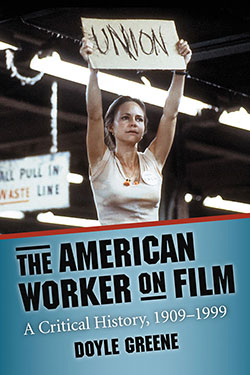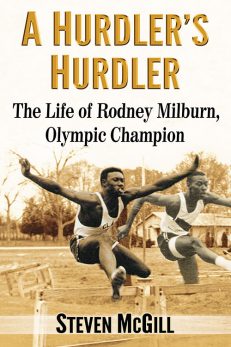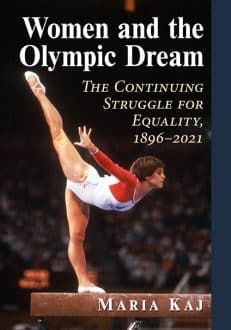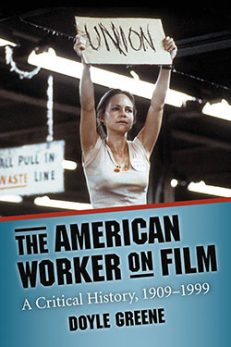The American Worker on Film
A Critical History, 1909–1999
$55.00
In stock
About the Book
An examination of the cinematic and cultural discourse surrounding work, the worker, organized labor, and the working class in 20th century America, this book analyzes a number of films within the historical context of labor and politics. Looking at both comedies (Modern Times, Gung Ho, Office Space) and dramas (The Grapes of Wrath, On the Waterfront, F.I.S.T., Blue Collar, Norma Rae, and Matewan), it reveals how these films are not merely products of their times, but also producers of ideological stances concerning the status of capitalism, class struggle, and democracy in America. Common themes among the films include the myth of the noble worker, the shifting status of the American Dream, and the acceptability of reform versus the unacceptability of revolution in affecting economic, political, and social change in America.
About the Author(s)
Bibliographic Details
Doyle Greene
Format: softcover (6 x 9)
Pages: 248
Bibliographic Info: 15 photos, notes, bibliography, index
Copyright Date: 2010
pISBN: 978-0-7864-4734-3
eISBN: 978-0-7864-5776-2
Imprint: McFarland
Table of Contents
Acknowledgments vi
Abbreviations ix
Preface 1
Introduction: From Tom Joad to Joe the Plumber (or, The Working Class of 2008) 5
PART ONE. 1909–1940
1. Reform and Revolution: The Progressive Era and D.W. Griffith 15
2. Man, Machine, Apparatus: Modern Times 31
3. The Promised Land (or, Many Will Enter, Few Will Win): The Grapes of Wrath 52
PART TWO. 1941–1956
4. Rally ’Round the Flag: Hollywood, Labor, World War II, and the Cold War 71
5. In Praise of the Individual: On the Waterfront 84
PART THREE. 1957–1979
6. The Union Label: F.I.S.T 103
7. American Nightmare: Blue Collar 122
8. The Dignity of Labor (and Intellectuals): Norma Rae 139
PART FOUR. 1980–1999
9. Labor Learns Its Place: Gung Ho 153
10. Requiem for the Worker: Matewan 166
11. White Collar Revolt: Office Space 185
Conclusion: Whither the Working Class? 197
Chapter Notes 205
Bibliography 227
Index 231





